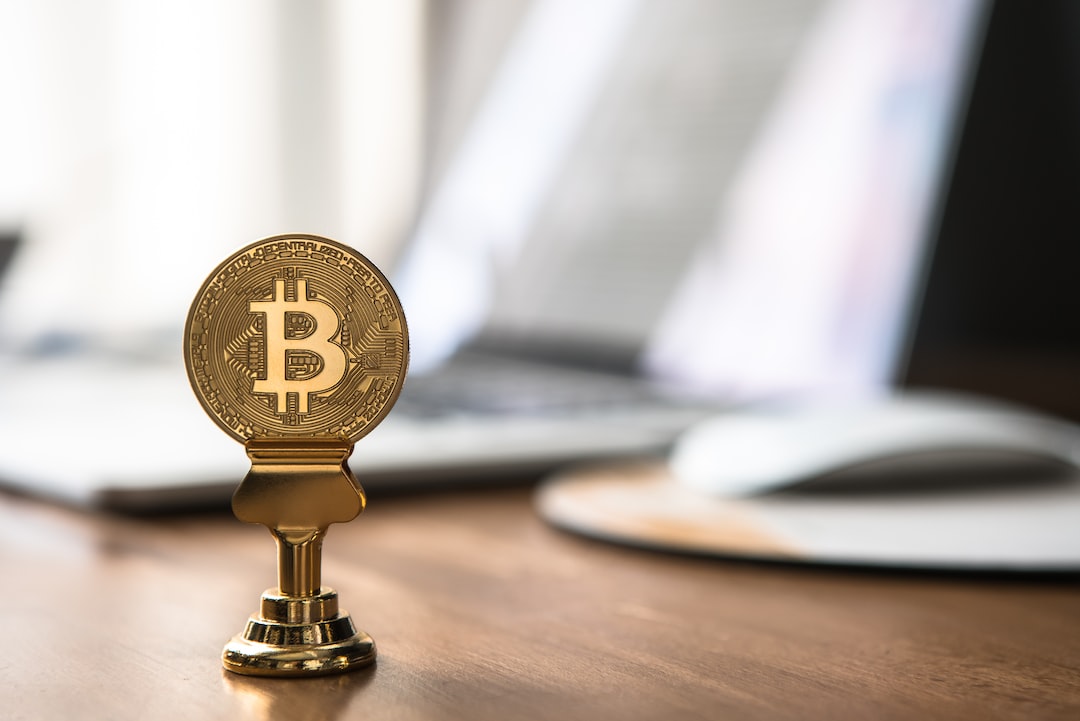The Correlation Matrix Between Altcoins and Bitcoin
A recent analysis by IntoTheBlock, a market intelligence platform, examined the correlation between Bitcoin and various top coins in the digital asset sector. The analysis used the correlation coefficient, a statistical tool that measures the relationship between two quantities over a specific period. In this case, the 30-day correlation coefficient was used to assess the correlation between the assets over the past month.
When the correlation coefficient is above zero, it indicates a positive correlation, meaning that the coins have been moving together. A value closer to 1 indicates a stronger positive correlation. Conversely, a value below zero suggests a negative correlation, where the movements in one coin’s price are reflected in the opposite direction for another coin.
If the correlation coefficient is exactly zero, it means there is no correlation between the quantities. The analysis revealed that several altcoins, including Dogecoin (DOGE) and Shiba Inu (SHIB), have shown varying degrees of correlation with Bitcoin over the past month.
Diversification and Correlation
For investors seeking portfolio diversification, it is preferable to choose assets with low correlations to each other. While all the listed assets have some level of correlation with Bitcoin, those with lower coefficients offer better diversification opportunities compared to others like Ethereum (ETH).
Dogecoin Price and Correlation
Despite its strong correlation with Bitcoin in recent months, Dogecoin has not followed BTC’s latest surge. The memecoin’s price remains around $0.06.
Hot Take: Altcoin Correlation with Bitcoin
Understanding the correlation between altcoins and Bitcoin is crucial for investors looking to diversify their portfolios. The correlation coefficient provides insights into how closely these assets move together or in opposite directions. While some altcoins, such as Dogecoin and Shiba Inu, have shown a strong positive correlation with Bitcoin, others offer better diversification opportunities. It is important to consider these correlations when making investment decisions in the digital asset sector.




 By
By
 By
By
 By
By
 By
By
 By
By